


It’s getting cooler and greyer outside and the days are getting shorter. Autumn is just around the corner and it’s time to prepare your houseplants for the coming dormant phase. While spring brings growth and vibrancy, autumn focuses on giving your plants the rest they need. With the right care, your plants can come through the winter healthy and vigorous and blossom again in spring. Here are our top tips for preparing your plants for autumn.
In autumn, plants reduce their growth and prepare for the dormant phase. This means less need for water, light and nutrients. Now is the ideal time to adjust your care routine and give your green friends a smooth transition into the cold season.

If your houseplants have been outside all summer, now is the time to bring them indoors. They should move into the warmth at the latest when temperatures drop below 12°C. Before moving, check each plant for pests and irregularities so that you don’t introduce any uninvited guests into your home.
This means there’s now space on your balcony to make it autumnal if you like.

In autumn, houseplants need significantly less water as they photosynthesise less due to the reduced amount of light. Their metabolism is therefore slower. You should adjust your watering behaviour accordingly to prevent root rot. However, this is not so easy, because even if the top layer of soil has already dried, the soil at the bottom of the pot may still be wet. This can lead to you giving water too early.
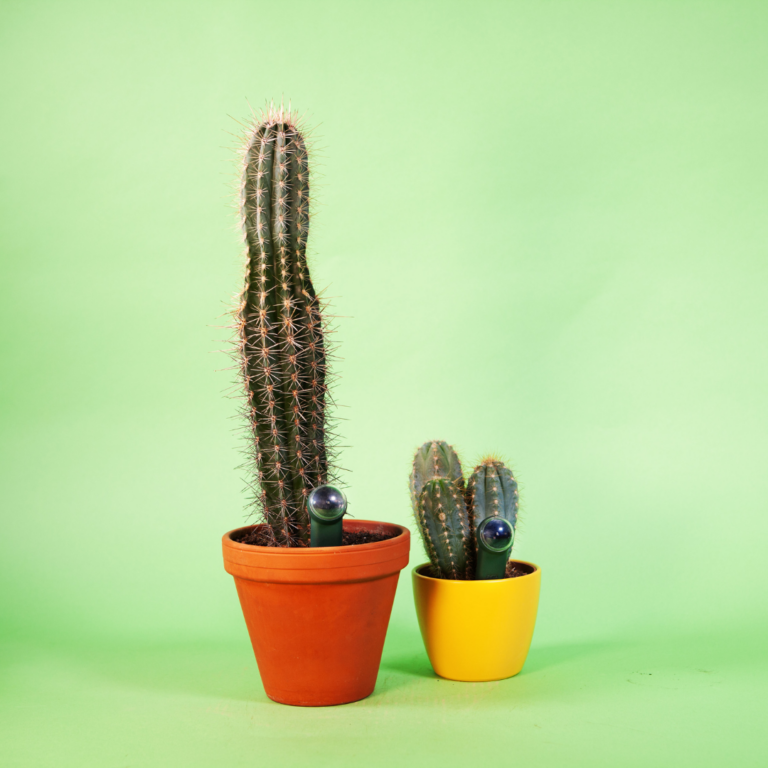
The shorter days mean that your plants get less sunlight. Move them closer to the window, especially south-facing windows, which were often too bright in summer. Make sure that light-loving plants such as succulents or Monstera Variegata get enough light.
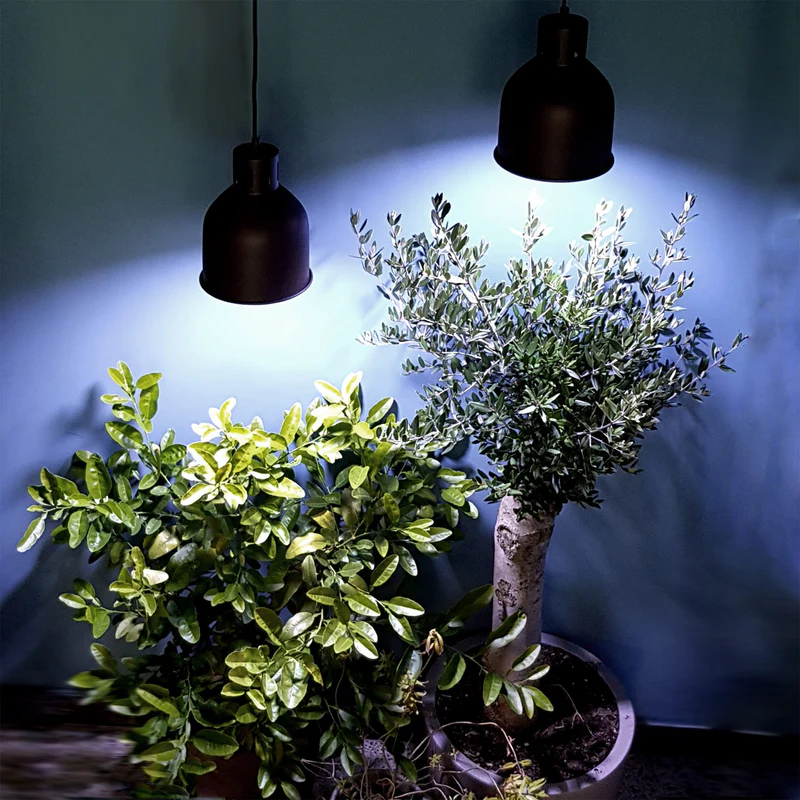
It is pleasantly warm inside thanks to the heaters, but the air also becomes drier. Many tropical plants, such as calatheas or ferns, need high humidity (at least 40-50%). A humidifier is a good investment to make life easier for both you and your plants. Alternatively, you can also place plants on water-filled saucers with pebbles to increase the humidity locally.
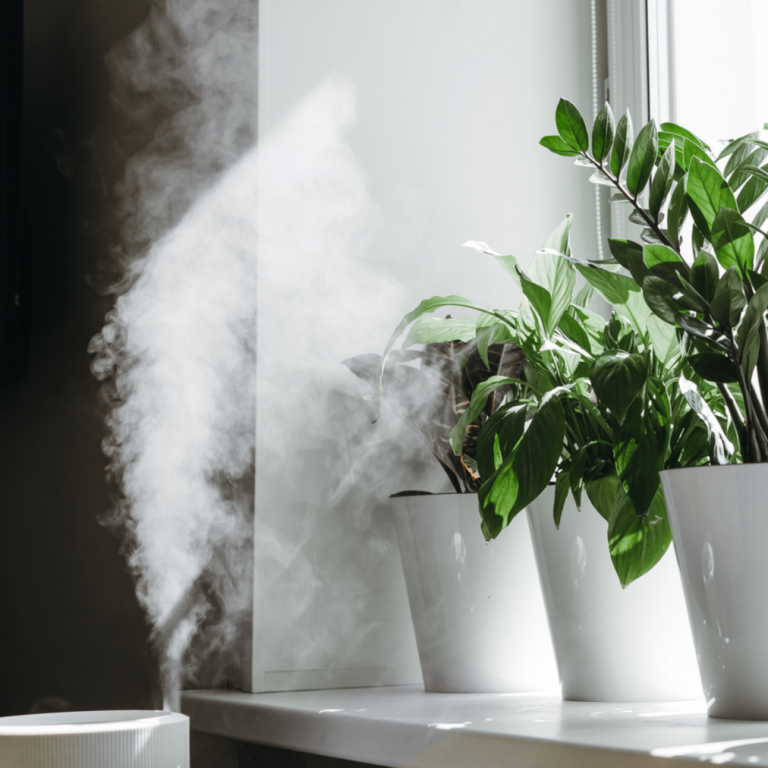
Now that growth is slowing down, you should reduce fertilisation considerably until next spring. Over-fertilisation can damage the roots of your plants and often leads to pests and diseases.
Houseplants do not like extreme temperature fluctuations. Avoid placing them near draughts or windows that are often opened. Tropical plants in particular are sensitive to cold draughts, which can lead to leaf shedding.
In autumn, many plants naturally lose some of their leaves. This is normal and helps them to save energy. Cut off wilted or discoloured leaves with clean scissors to prevent diseases.
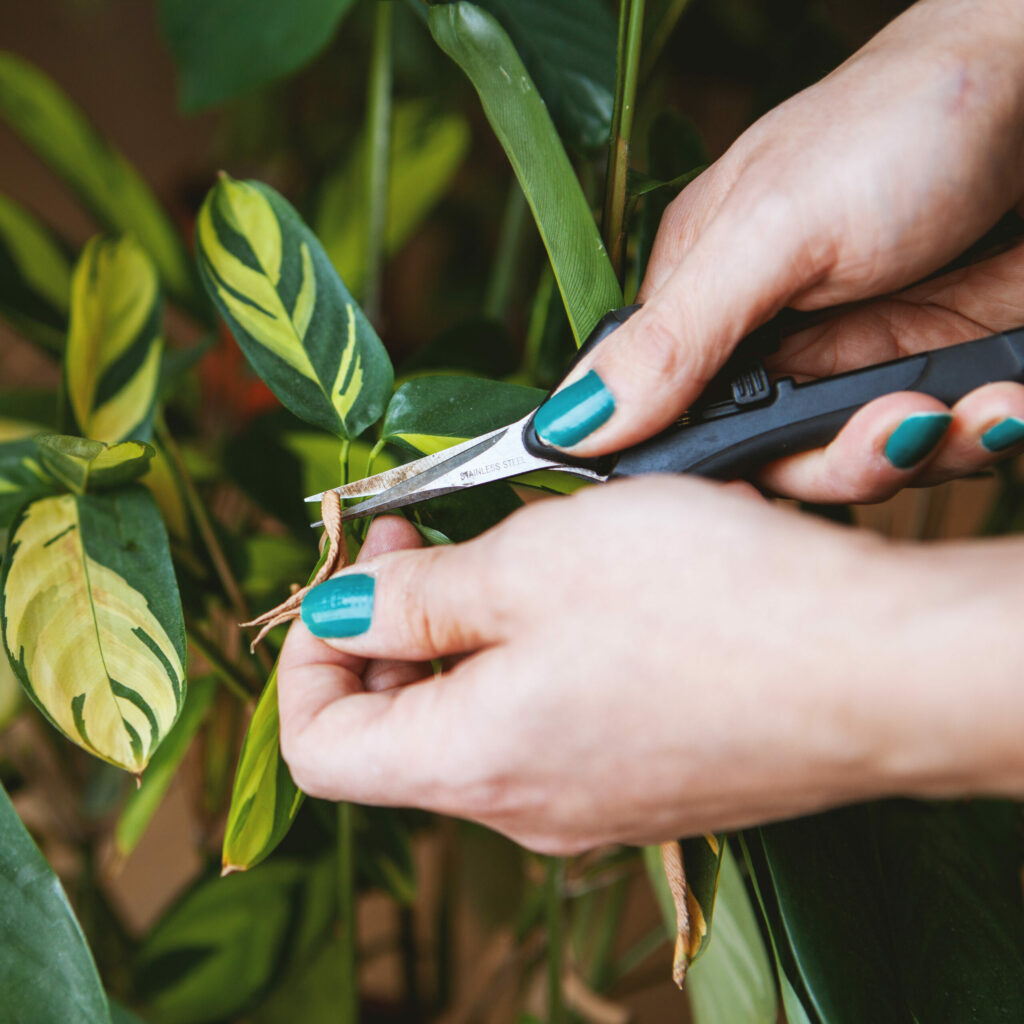
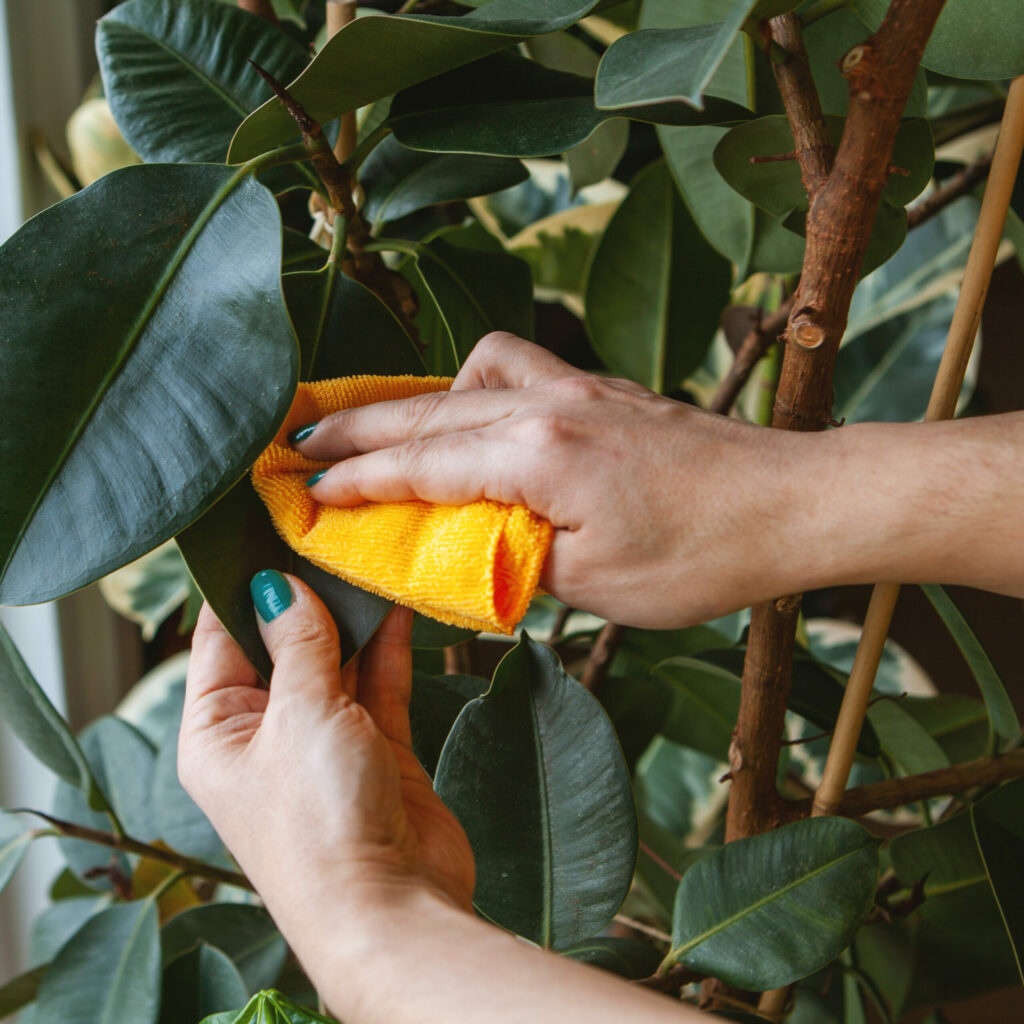
Early autumn is the last time to repot your plants. However, only do this in urgent cases, i.e. if your plant is already outgrowing its pot or is suffering from pests or waterlogging. Be careful when repotting and avoid disturbing the roots too much.
In autumn, your plants need less water, hardly any fertiliser and special attention to light and temperature conditions in order to get through the dormant phase well. If you are unsure, the FYTA Beam will help by showing you exactly when to water or adjust the light supply. This way, you can get your plants through the winter stress-free – without guesswork and frustration!
